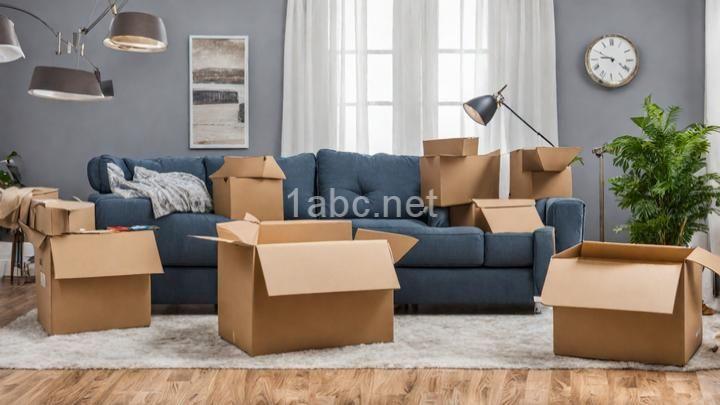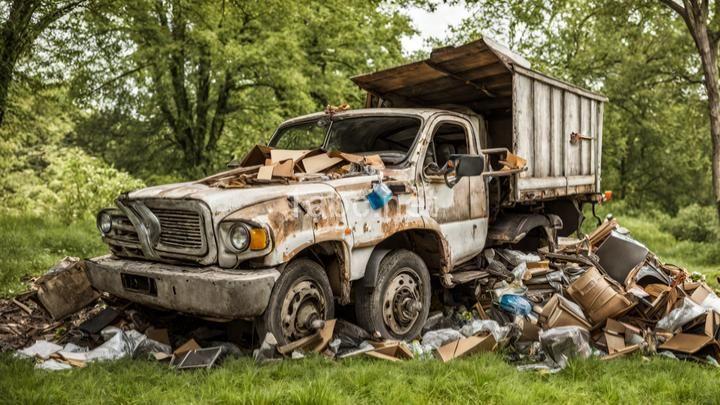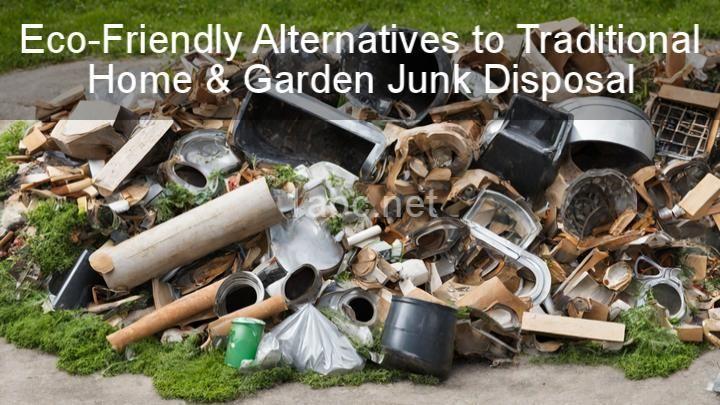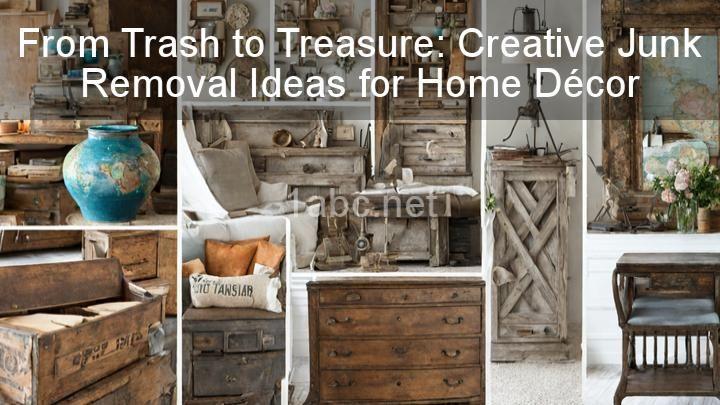Upcycling: Giving New Life to Old Home & Garden Items
Introduction:
Section 1: Why Upcycling Matters
Section 2: Upcycled Home Décor Ideas
1. Vintage Suitcase Side Tables:
2. Mason Jar Candle Holders:
3. Wooden Pallet Wall Shelves:
Section 3: Reviving Garden Treasures
1. Tire Planters:
2. Broken Terra Cotta Pot Fairy Gardens:
3. Vertical Gardens with Wooden Crates or Pallets:
Section 4: Tips for Successful Upcycling Projects
Conclusion:
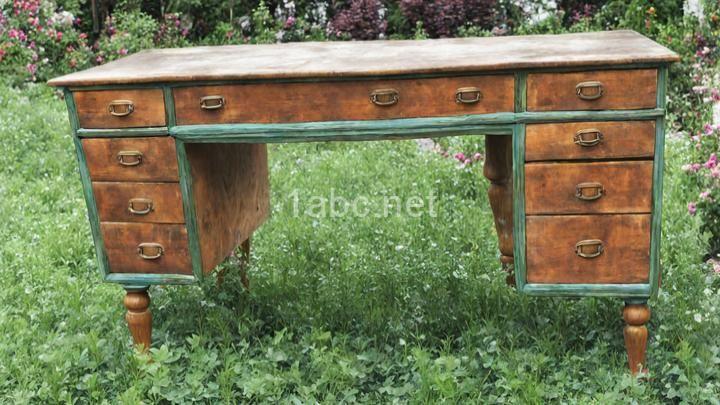
Introduction:
Hello, fellow readers! Are you ready to embark on an exciting journey of creativity and sustainability? In today's throwaway culture, the concept of upcycling has gained immense popularity. Upcycling is the art of transforming old, discarded items into something new and valuable. It not only reduces waste but also allows us to unleash our creativity and add a unique touch to our homes and gardens. In this blog post, we will explore the world of upcycling and provide you with practical ideas to give new life to old home and garden items.
Section 1: Why Upcycling Matters
Have you ever wondered about the environmental impact of the things we throw away? Traditional disposal methods, such as landfilling or incineration, contribute to pollution and the depletion of natural resources. Upcycling, on the other hand, presents an eco-friendly alternative by extending the lifespan of items that would otherwise end up in landfills.
By reusing and repurposing old items, we can significantly reduce waste and promote sustainability. Not only does this help conserve resources, but it also reduces the energy and water consumption required to produce new products. According to studies, upcycling can save up to 95% of the energy needed to create a new item from raw materials.
To emphasize the importance of upcycling, let's consider a few examples. Did you know that one ton of recycled paper saves around 17 trees, 7,000 gallons of water, and 380 gallons of oil? Similarly, by upcycling a single plastic bottle, we can save enough energy to power a 60-watt light bulb for six hours. These statistics highlight the incredible impact that upcycling can have on our environment.
Section 2: Upcycled Home Décor Ideas
Now that we understand the significance of upcycling, let's dive into some practical ideas for transforming old items into stunning home décor pieces. With a little creativity and effort, you can breathe new life into these forgotten treasures.
1. Vintage Suitcase Side Tables:
Do you have an old suitcase lying around? Why not turn it into a unique side table? Simply clean the suitcase thoroughly, add a base for stability, and voila! You have a stylish conversation starter that adds character to your living space.
2. Mason Jar Candle Holders:
Mason jars are incredibly versatile and can be transformed into charming candle holders or flower vases. Paint them in your favorite colors, wrap them in twine, or attach lace for a vintage touch. These DIY candle holders will add a cozy ambiance to any room.
3. Wooden Pallet Wall Shelves:
Old wooden pallets can be repurposed into rustic wall shelves or even coffee tables. Sand them down, paint or stain them in your preferred color, and attach them securely to your wall. These shelves are not only functional but also add a touch of uniqueness to your home.
Section 3: Reviving Garden Treasures
Don't limit your upcycling endeavors to just the indoors. Your garden can also benefit from repurposed treasures. Let's explore some creative ways to give new life to old objects in your garden.
1. Tire Planters:
Worn-out tires can be transformed into vibrant planters for flowers or herbs. Paint them in bold colors, stack them to create a visually appealing display, and fill them with soil. These upcycled tire planters will add a pop of color and whimsy to your garden.
2. Broken Terra Cotta Pot Fairy Gardens:
If you have broken terra cotta pots lying around, don't despair! They can be repurposed into enchanting fairy gardens or mini succulent arrangements. Use the broken pieces to create tiers, add soil, and plant your favorite succulents. These miniature gardens will add a touch of magic to your outdoor space.
3. Vertical Gardens with Wooden Crates or Pallets:
Maximize your garden space by creating a vertical garden using discarded wooden crates or pallets. Attach them securely to a wall or fence, add soil and plants, and watch your garden grow upward. Vertical gardens are not only space-saving but also visually appealing.
Section 4: Tips for Successful Upcycling Projects
Now that we have explored various upcycling ideas, let's ensure your projects are successful. Here are some practical tips to consider:
- Proper Preparation and Safety Measures: Before starting any upcycling project, make sure to clean, sand, and prepare the items properly. Additionally, use protective gear, such as gloves and goggles, when necessary.
- Unleash Your Creativity: While the ideas mentioned in this blog post are great starting points, don't be afraid to explore your own creative ideas. Consider the functionality and aesthetics of the final product, and let your imagination run wild.
- Seek Inspiration: Online platforms, such as Pinterest or upcycling blogs, are treasure troves of inspiration. Browse through various projects, gather ideas, and adapt them to suit your style and preferences.
- Sourcing Materials Sustainably: Thrift stores, garage sales, and online marketplaces are excellent sources for upcycling materials. By purchasing pre-loved items, you contribute to the circular economy and reduce the demand for new products.
Conclusion:
Congratulations! You have now entered the world of upcycling, where creativity meets sustainability. By giving new life to old home and garden items, we can reduce waste, conserve resources, and add a personal touch to our surroundings. Remember, upcycling is not only about the end product but also the journey of exploration and self-expression.
So, gather your tools, unleash your creativity, and let's embark on this exciting upcycling adventure together. Share your creations with others, inspire them to join the movement, and let's transform our homes and gardens into vibrant, sustainable spaces. The possibilities are endless—so go ahead and make a difference, one upcycled item at a time!
FREQUENTLY ASKED QUESTIONS
What is upcycling?
Upcycling is the process of transforming old or unused items into new and improved products of higher value. It involves creatively repurposing materials that would otherwise be discarded, reducing waste and giving them a new lease on life. Upcycling encourages sustainability by promoting recycling and reducing the need for new materials. It can be done through various methods like refurbishing, modifying, or combining items to create unique and functional creations.
How is upcycling different from recycling?
Upcycling and recycling are both sustainable practices that help reduce waste, but they differ in their approaches and outcomes.
Recycling involves breaking down materials and transforming them into new products of a similar or lesser value. This process often requires a significant amount of energy and resources. For example, recycling plastic bottles to make new plastic products.
On the other hand, upcycling is the process of creatively repurposing or transforming materials into products of greater value or quality. Instead of breaking down materials, upcycling focuses on giving them a new purpose or enhancing their existing features. For example, turning old glass bottles into unique vases or using discarded wood to create stylish furniture.
Overall, recycling aims to minimize waste and conserve resources, while upcycling adds value to materials by giving them a new life and purpose, often resulting in highly customized and one-of-a-kind products. Both practices contribute to a more sustainable and circular economy.
Why should I consider upcycling?
There are several compelling reasons to consider upcycling:
- Environmental Benefits: Upcycling helps reduce waste by transforming discarded materials into new, useful products. By reusing existing resources, it reduces the need for raw materials and decreases the amount of waste sent to landfills.
- Creativity and Personalization: Upcycling allows you to unleash your creativity and create unique, personalized items. Whether it's repurposing old furniture, turning glass bottles into decorative vases, or crafting jewelry from discarded materials, upcycling gives you the opportunity to express your individual style.
- Cost Savings: Upcycling can save you money. Instead of buying new products, you can repurpose and transform what you already have or find items at a lower cost through thrift stores, online marketplaces, or even in your own home.
- Supporting Local Economy: Upcycling often involves purchasing from local artisans or small businesses specializing in repurposing materials. By supporting these businesses, you contribute to the local economy and help foster sustainable practices in your community.
- Mindful Consumption: Instead of perpetuating a culture of fast fashion and disposable products, upcycling encourages a more mindful approach to consumption. It promotes a shift towards valuing quality, longevity, and environmental consciousness.
Upcycling not only benefits the environment and your wallet but also provides an opportunity to tap into your creativity and contribute positively to your local community.
What are some common items that can be upcycled?
There are a wide variety of common items that can be upcycled to give them a new purpose or extend their lifespan. Some examples include:
- Glass jars: These can be transformed into candle holders, storage containers, or even herb gardens.
- Clothing: Old clothing can be reused to create quilts, tote bags, or even turned into new garments.
- Wooden pallets: These can be repurposed into furniture, such as shelves or outdoor seating.
- Wine corks: They can be used to make coasters, bulletin boards, or even unique jewelry.
- Plastic bottles: These can be turned into planters, bird feeders, or organizers for small items.
- Tin cans: They can be transformed into pen holders, lanterns, or utensil organizers.
- Bicycle tires: These can be upcycled into belts, wallets, or even used as part of garden decorations.
- CDs and DVDs: They can be turned into unique coasters or used as decorative pieces in art projects.
- Old books: They can be upcycled to create book safes, journals, or transformed into unique home decor.
- Furniture: By refinishing or repainting old furniture, you can give it a fresh look and prolong its use.
Remember, upcycling is not limited to these items, and with a little creativity, almost anything can be repurposed and given a new life.
